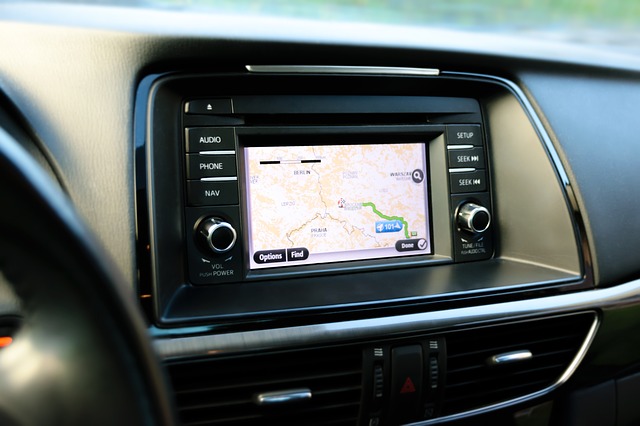If you want to mount your GPS antenna to your car particularly the type which comes with an in-dash navigation receiver, you will only need to remember and follow a few simple steps. But no matter what happens, there is only one rule of thumb that you need to know and that is not to alter the antenna in any way.
Cutting any of its parts is a big NO, otherwise, it would run the risk of creating a significant impact on its performance and if this happens eventually, the antenna will not be able to deliver its expected results.

Crucial to the optimal functioning of GPS antennas is that they remain in direct line of access to GPS satellites, meaning there are no atmospheric obstructions between them such as clouds in the skies. These artificial satellites launched into space and are in orbit on earth are designed to provide data that these antennas require.
If there is something amiss about a satellite, the integrity of the information you will obtain from them will be highly questionable and can’t be relied on. Hence, it is of prime importance that you mount them on your vehicle in such a way that their signal quality won’t be put in line due to interference.
The most ideal location for a GPS type of antenna as far as installation is concerned is on your vehicle dash, to be more specific, on the underside. Signal issues should not be a matter of concern nowadays, reason being that satellite signals are way stronger these days than it was before. Signal strength these days is sufficient enough. Therefore, you are not supposed to have a hard time in maintaining a reliable reception.
Below are suggested installation locations for GPS antenna device for cars:
- You can mount them on the A and B columns
The left and the right side of the front windshield have support columns, called A and B (in China). The GPS type of antenna is concealed from the eyes and its cables would be hidden if you mount them in the A and B columns.
This will cause the antenna’s signal receiving surface not to face the sky and thus receive only reflected signals. It will enlarge the signal attenuation and stability would be poor.
If the A and B columns come with a corresponding airbag, the moment they are burst out will eject the antenna at a very high speed — an injury to the personnel is very likely to happen also.
- Install the antenna in the water tank underneath the car windshield
The antenna signal receiving surface will be directly facing to the sky, without any obstruction. Signal reception though is relatively strong, however, the outside elements rain and sun may adversely affect the antenna and induce damage to it. Improper handling of the antenna will run the risk of rainwater getting into the car from the outside.
- Install on the instrument panel
The receiving surface of the car tracking device will face the sky, this will render the received signal to be strong, however, it is not going to be beautiful enough. Should you decide to attach the glass film, the film which will face a portion of the antenna should be open.
- Installed on the windshield
The signal receiving surface of the antenna can be facing the sky, causing it to have a stable and strong signal, and its wiring systems are hidden from sight. If the glass film will be utilized, the film fronting the antenna should be left open.
If you will consider installing your antenna using this method, we are strongly suggesting that you make use of a dedicated glass antenna for this purpose.
Concluding Words
There are several places in your car that you can mount your GPS antenna in, but most of the time this will be highly dependent on the different vehicle models and signal acceptance.
With respect to the GPS signal strength, you can make use of the dedicated app that usually comes with your car tracking device. Doing so will allow you to conveniently view it online.